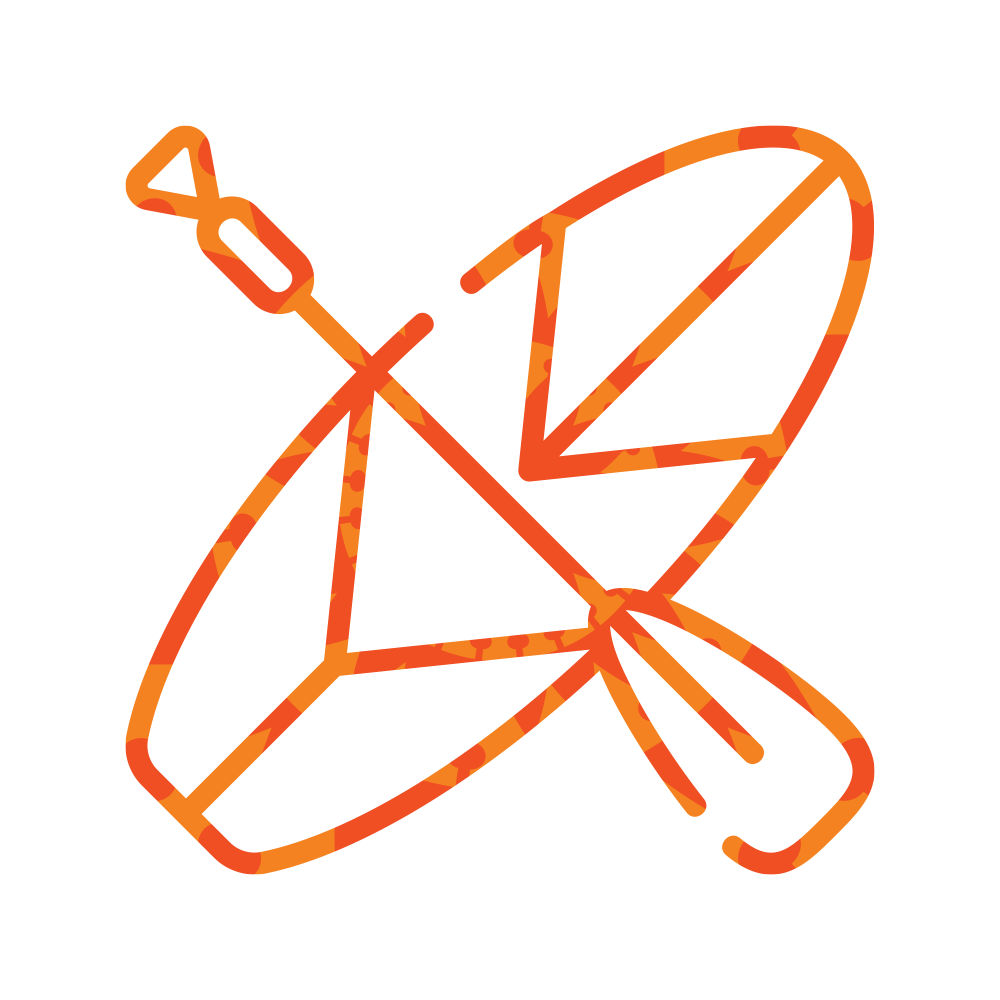
A paddleboard class in surfing, also known as SUP (Stand-Up Paddle) surfing, teaches participants how to ride waves using a stand-up paddleboard and a paddle. This class combines elements of traditional surfing with the skills required to control the larger, more stable SUP board in the surf zone. Key aspects of a paddleboard class in surfing include:
- Paddle techniques: Learning the proper paddling strokes to generate speed, turn, and maintain balance while standing.
- Wave catching: Timing your paddling to catch waves, much like in surfing, but with the added challenge of using the paddle to assist.
- Foot positioning: Transitioning from a paddling stance to a surf stance, ensuring you’re balanced as you ride the wave.
- Turning and carving: Using your body weight and paddle to steer the board while riding waves, performing maneuvers like cutbacks and bottom turns.
- Safety and etiquette: Understanding how to navigate crowded lineups and handle the larger board safely in the surf.
This class is typically aimed at people who already have some experience with flatwater paddleboarding but want to progress to catching waves. It emphasizes balance, wave reading, and how to use the paddle for both propulsion and steering while riding waves. Paddleboard surfing is often considered easier to start with than traditional surfing because of the board’s stability and buoyancy, making it accessible for beginners or those transitioning from other SUP activities.
